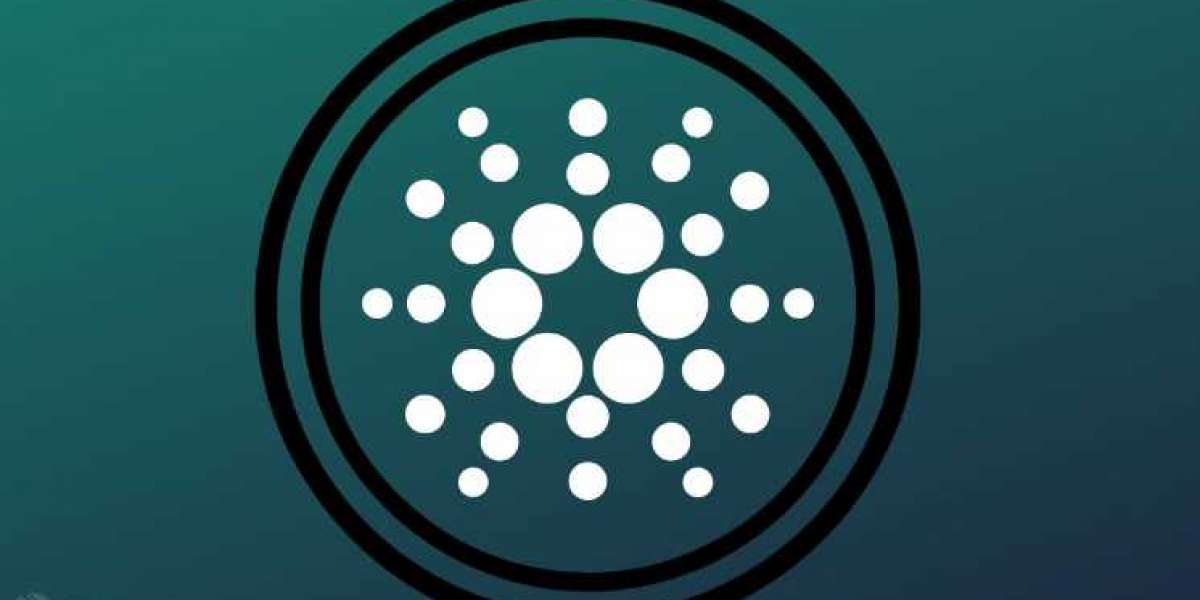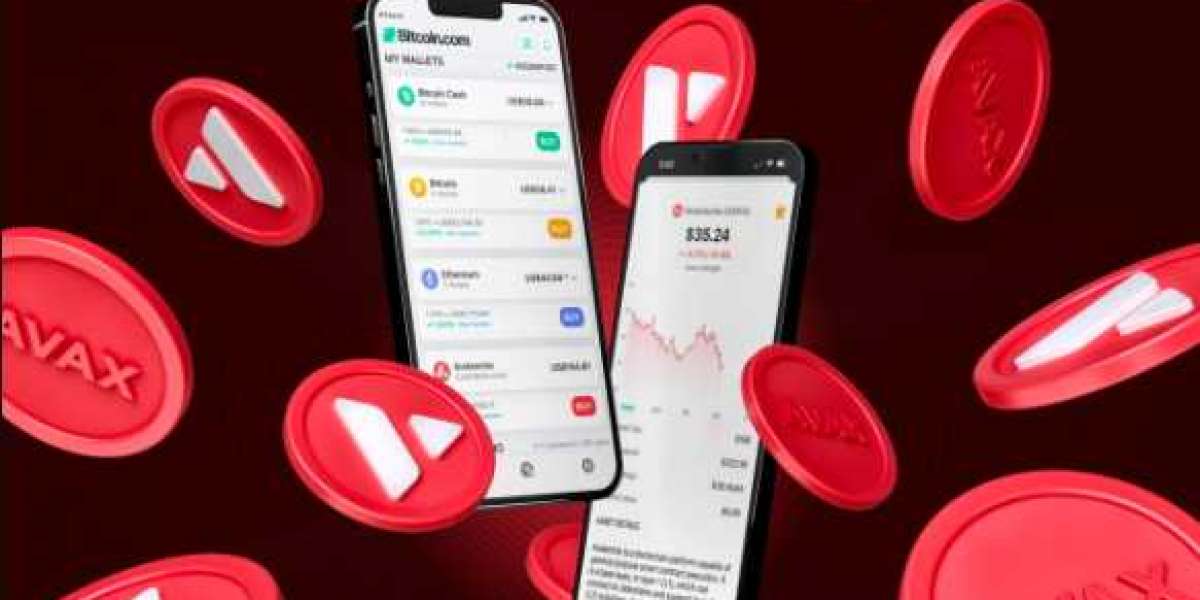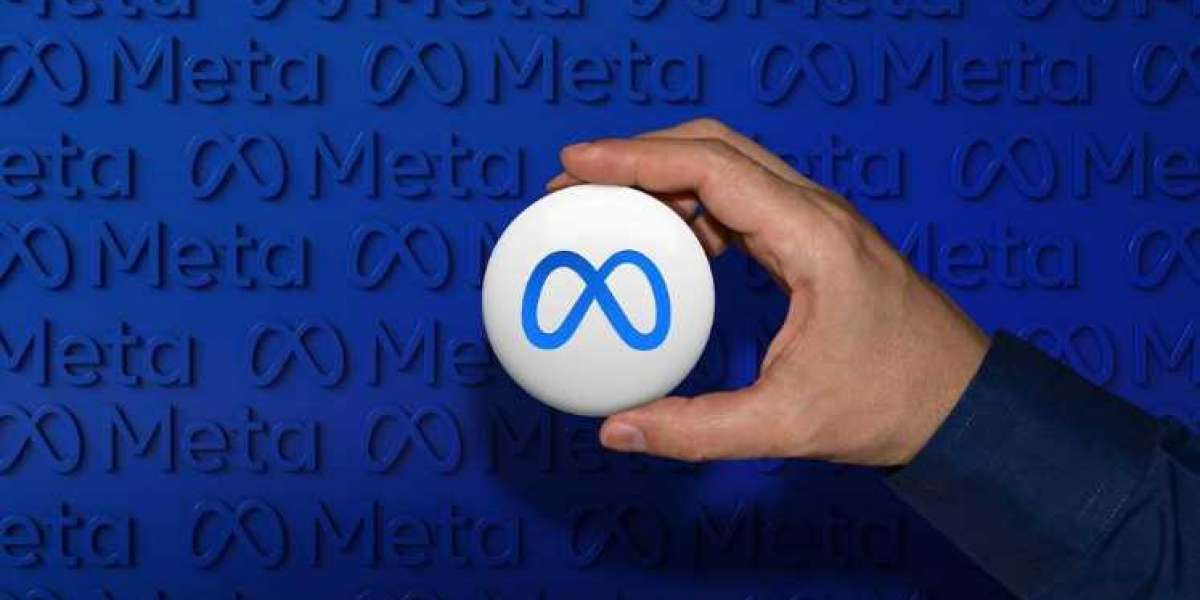"The launch of a completely fiat-backed, regulatory-compliant stablecoin is the next step in realizing the future for our community," Vineeth Bhuvanagiri, the Fintech Managing Director for Emurgo, said. "This is the next step in realizing the future for our community."
Stablecoins are a unique category of tokens that are backed by an asset and provide price stability in comparison to unpegged cryptocurrencies such as Bitcoin. Emurgo has a larger goal to extend Cardano's use cases, and USDA is a part of that plan. Some of the use cases that will be expanded include lending and borrowing services, crypto-based card payments, and bridges between traditional markets and decentralized apps (dApps).
The article stated that after USDA is launched, "customers will be able to tokenize their USD into USDA via credit/debit cards, wire transfer, or conversion of ADA," and that this ability will be available to them. After the debut, Emurgo intends to offer the conversion of other stablecoins, such as USDC and USDT, into USDA. "with long-term ambitions to permit conversion and exchanges of cryptocurrencies such as bitcoin, ether, and other cryptocurrencies," the company stated. Recent developments at Emurgo include the formation of a partnership with an unknown US-based regulated financial services company to serve as the banking partner for the issuance of USDA and to guarantee that the stablecoin was in compliance with applicable regulations.
While the Cardano team has been working on an algorithmic stablecoin codenamed "Djed" in partnership with the COTI network, there have always been ambitions to construct a stablecoin backed by the United States dollar. In a blog post that was published one month ago, Emurgo explained why the Cardano blockchain could require a stablecoin that is backed by dollars.
According to the company, the price volatility of ADA prevents users from taking full advantage of the permissionless and global nature of Cardano. For example, users are unable to use crypto assets as a store of value or medium of exchange because of the price volatility of ADA. This is despite the fact that there are more than 3.9 million ADA wallets, which indicates Cardano's global reach.
Consequently, the development of a stablecoin backed by the dollar reserve would assist in boosting investor trust in Cardano and make it possible for holders of ADA to benefit from stable financial services. In addition, a dollar-backed stablecoin will assist in reducing the ambiguity around algorithmic stablecoins, which is especially important following the failure of the TerraUSD in May.
In the meantime, not only will the USDA help strengthen Cardano's decentralized finance (DeFi) ecosystem, which currently locks 54.52M according to data from DefiLlama, but it could also help boost ADA's price to the highly desired price mark of $1. The price of ADA is currently down just over 89% from its all-time high.




Alphonsus Odumu 6 d
Cardano news